Removing a tooth is something we dentists consider very carefully and only suggest when it’s absolutely necessary. While losing a tooth can be concerning, tooth extraction is a standard and essential dental procedure used to address various oral health issues. Tooth extraction is done by a general dentist or an Oral Surgeon (a dentist specializing in extractions)
It’s crucial to remember that dentists prioritize saving your natural teeth whenever possible, using procedures like fillings and root canals. However, in certain circumstances, extraction becomes the best action to prevent further damage. This could be because a tooth is too damaged to fix, is causing you a lot of pain, or could cause trouble for your other teeth if it stays in. Whether it’s a wisdom tooth causing you trouble or another tooth that just can’t be saved, we’ll explain why it needs to be removed and help you through the process.
6 Reasons for Tooth Removal (2024 Updated)
Understanding the reasons for tooth removal makes individuals prioritize preventative dental care and make informed decisions about their oral health. In my practice, the most common reasons that suggest you need tooth extraction include
1. Severe Tooth Decay
The most common reason for tooth extraction is severe decay that has reached the pulp. In the early stages of tooth decay (i.e., in the enamel), it can be resolved by a dental restoration; in moderate cases (i.e., in the dentin and pulp), it can be resolved by Root Canal Treatment. However, if the decay is extensive, reaching the center of the tooth and the tooth structure is lost, the tooth may get infected, and you need to have a tooth extracted to prevent the spread of infection and protect the remaining teeth.
Make sure you’re following proper oral hygiene methods, like using the right toothbrush, brushing technique, brushing twice for two minutes at a time, flossing, and having regular dental check-ups to avoid extractions due to decay.
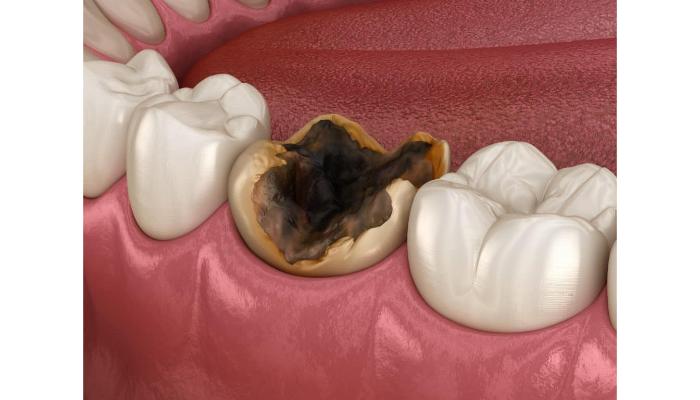
2. Periodontal (Gum) Disease
Periodontal disease, an infection of the gums that can affect supporting structures of the teeth, is another leading cause of tooth removal. The first stage of gum disease is gingivitis; its first symptom is bleeding gums and the inflammation of gum tissue. This condition is reversible by proper care and regular dental cleanings.
If left untreated, the disease progresses into the advanced stage, leading to the loosening of teeth. Tooth extraction may be necessary to prevent further damage to adjacent teeth and jawbone when a tooth is severely loosened and cannot be saved with periodontal treatments.
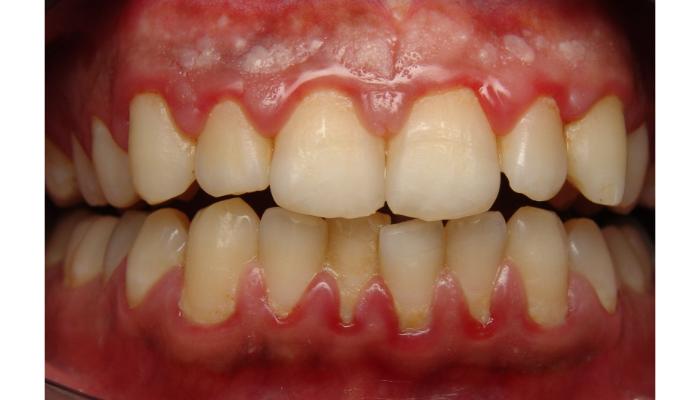
3. Impacted Teeth
An impacted tooth fails to fully emerge through the gums, either because other teeth block it or because there is insufficient space in the jaw. While any tooth can become impacted, wisdom teeth are the most commonly affected due to their position in the back of the mouth. They can lead to various dental issues, including pain, infection, and damage to adjacent teeth. Wisdom tooth extraction (sometimes, it is a surgical extraction) is one of the common extraction procedures in oral surgery.
If the tooth is impacted, it can also be challenging to clean and are at a higher risk of developing tooth decay than other teeth. In these cases, removing the impacted wisdom tooth is best. Early evaluation and treatment of impacted teeth can prevent more serious dental issues. Therefore, dentists often recommend getting your wisdom tooth pulled, even if they are not causing any immediate problems.
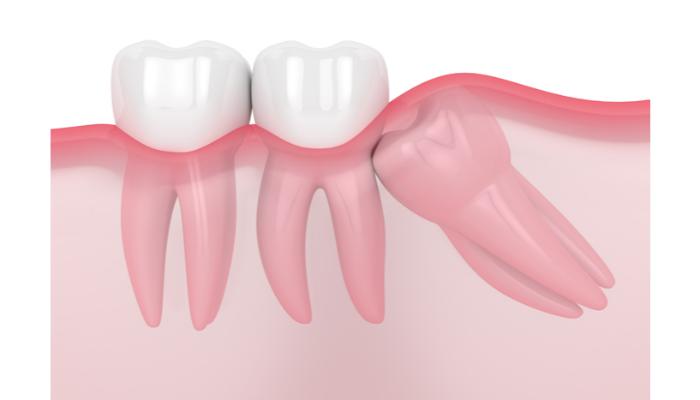
4. Overcrowding and Orthodontic Treatment
Teeth are sometimes removed to correct overcrowding or for orthodontic treatment. When a patient’s teeth are too large to fit in the mouth correctly, it can cause teeth to shift sideways or become crooked.
Braces are an excellent option for straightening crooked teeth, but orthodontic treatment is only effective if there is sufficient room in the mouth for the teeth to move. For this reason, they might indicate the extraction of one or more teeth, typically the premolars. This not only improves the appearance of the smile but also its functionality, making it easier to clean and maintain healthy teeth.
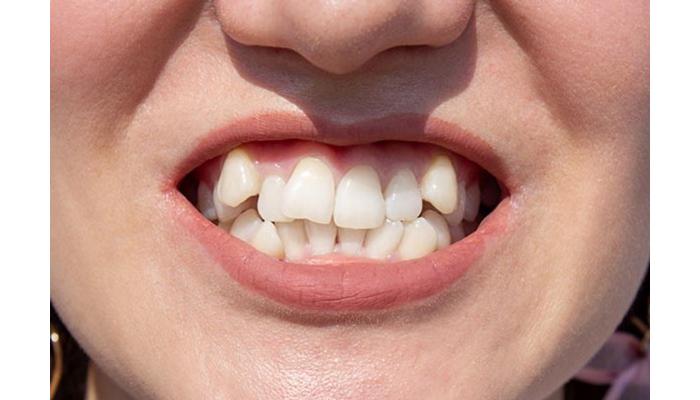
5. Trauma
Dental trauma can cause a range of injuries to the teeth and surrounding tissues, including fractures, cracks, chips, or even knocking a tooth out of its socket. If the damage is mild, we can repair it using restorative treatments or dental crowns, but if the damage is more extensive, extraction is necessary, followed by a dental implant.
The decision to remove a tooth following trauma involves several factors, including the extent of the injury, the potential for successful restoration, and the impact on oral health. While dental treatment aims to save the tooth, there are instances where the damage is so severe getting the affected tooth removed is the best option to prevent further complications.
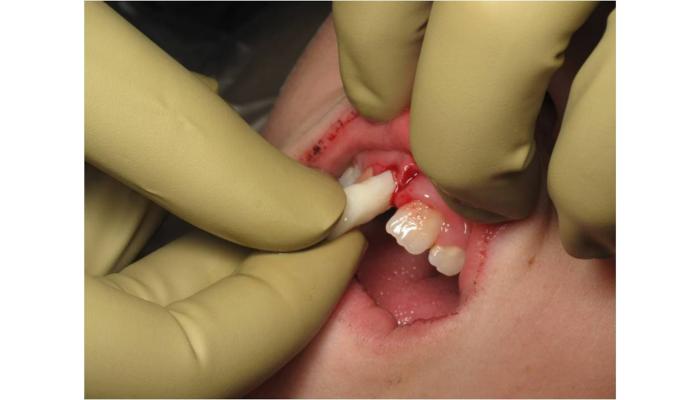
6. Retained Baby teeth
Baby teeth, also known as primary teeth that don’t fall out naturally to make way for permanent teeth, are a common reason for dental extractions in children. This situation, known as retained baby teeth or over-retained primary teeth, occurs when baby teeth remain in place while the underlying permanent teeth are trying to erupt. In these situations, dentists may recommend extraction.
It is a standard and typically uncomplicated procedure in dentistry that plays a crucial role in maintaining optimal oral health and promoting proper bite alignment. Make sure to consult your dentist if your child’s baby teeth are not falling out as expected to determine the best course of action.
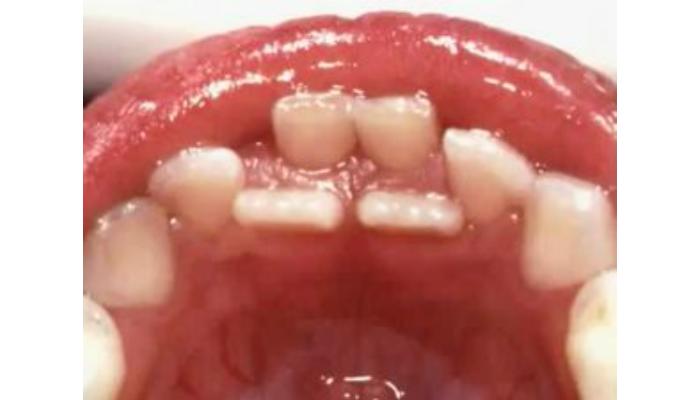
Conclusion: Protect your teeth, know when to extract.
Losing a tooth is never ideal, and understandably, the thought of a tooth removal can cause anxiety. However, it’s important to remember that dentists prioritize saving your natural teeth whenever possible. However, situations such as severe pain, decay, gum disease, impacted wisdom teeth, overcrowding, trauma, and the presence of underlying medical conditions sometimes leave us with no other choice but to recommend tooth extraction. This procedure is not just about removing a tooth; it’s about preventing further damage, relieving pain, and ultimately contributing to oral health and well-being.
The above are the most common reasons for extraction. If you have concerns about your teeth or experience any symptoms like pain, sensitivity, or looseness, you can always schedule an appointment with me. Early detection and treatment can often prevent the need for tooth removal and help you maintain a healthy smile for years to come.
Frequently Asked Questions
A dentist may recommend tooth extraction to address severe tooth decay, infection, tooth impaction, overcrowding of the teeth, gum disease, or trauma that has irreparably damaged a tooth.
Follow your dentist’s aftercare instructions, which typically include resting, taking pain relievers, avoiding certain foods and activities, and keeping the extraction site clean to encourage healing. Recovery usually takes a few days to a few weeks.
After tooth extraction, avoid hard and crunchy foods, and take soft foods like smoothies, ice creams, yogurt, scrambled eggs, etc.
Make sure to tell your dentist your medical history, medications you take, allergies, recent illnesses and surgeries, and use of alcohol or drugs.
Tooth replacement is necessary, especially if the tooth plays a significant role in chewing or is visible when you smile. You may consider replacement options such as dental implants, bridges, or dentures. Your dentist can provide guidance based on your specific situation.
The most common complications include dry socket ( blood clot is dissolved before healing), bleeding, nerve damage, infections, etc. You may reduce the risk of infection by following the dentist’s instructions carefully.

